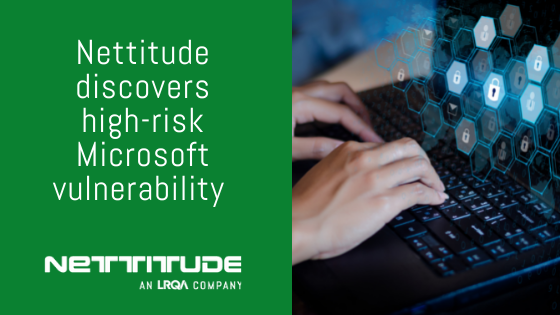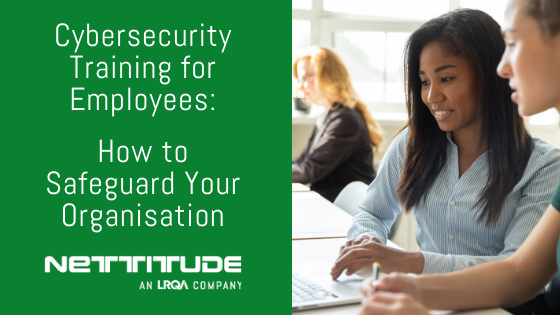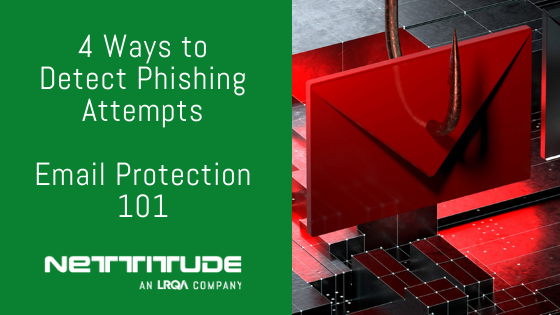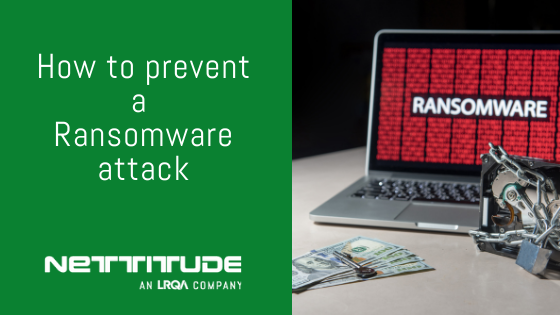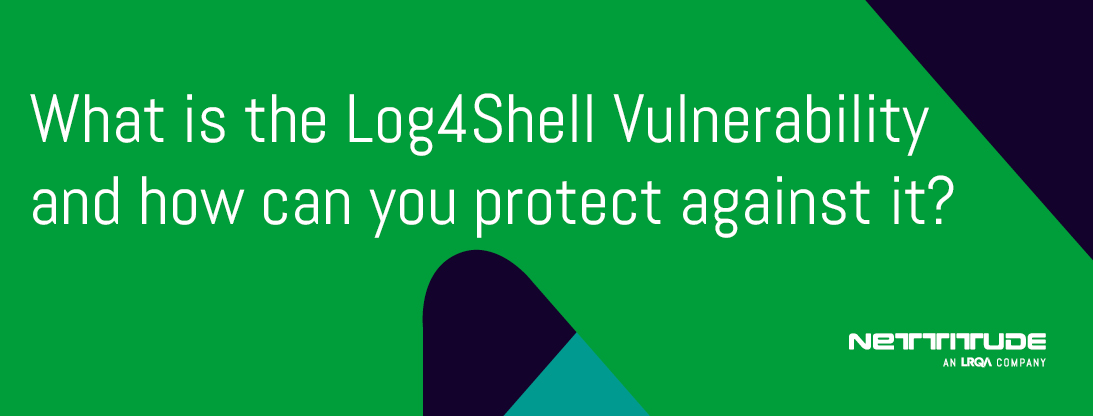October 2021 saw our vulnerability research team uncover a Microsoft vulnerability dating back 14 years. In the wrong hands, it would have caused untold damage to businesses reliant on Microsoft’s VPN.
Topics: Microsoft Bug, Microsoft VPN, Denial of Service, DoS, CVE-2022-23253, Vulnerability Research
Cybersecurity Training for Employees: How to Safeguard Your Organisation | Nettitude
While your business might have the latest technology to safeguard its private information, the reality is that your employees may be the weakest link in your organisation when it comes to cybersecurity. In fact, human error is still widely considered the number one cause of cybersecurity breaches.
So, what can you do to ensure your employees don’t make mistakes? The most straightforward approach is a detailed cybersecurity training course that educates employees on spotting common threats.
Here, we highlight some of the best places to start when teaching your employees about how they can avoid becoming a victim of a cyber-attack.
Topics: cyber security training and certification, cybersecurity training courses, cyber security training courses hong kong, cyber security singapore, cyber security risk management process, cyber risk management strategy, cybersecurity training in singapore
4 Ways to Detect Phishing Attempts: Email Protection 101 | Nettitude
Phishing has been around since the early days of the Internet, but it remains a major thorn for businesses and individuals. These deceptive emails attempt to trick users with harmful attachments and misleading links, using convincing promises, requests or anxiety-inducing news that leads people to not think clearly.
While you might think you can spot a phishing email from a mile away, the FBI’s Internet Crime Complaint Center (IC3) found that more than 240,000 people fell victim in the United States alone in 2020. Whether you need to protect yourself or educate your employees against cybersecurity risks, consider these tips to detect phishing attempts that land in your inbox.
Topics: cyber security services, cyber security consulting, certified information security consultant, cyber security consulting services, cyber security consultant
Firewalls are designed to form a protective barrier between your internal systems and untrusted outside networks. However, you must be certain that this part of your IT infrastructure has been installed and configured correctly. Otherwise, you risk malware being inserted or valuable data being stolen from your private systems.
This is where rigorous firewall penetration testing comes in. These simulated cyber-attacks locate, investigate and test for vulnerabilities from both outside intruders and internal threats. This way, your company will know where its weaknesses exist and have a plan to address any cybersecurity concerns.
Topics: Penetration Testing, firewall penetration testing, firewall penetration testing services, cyber security penetration testing, cybersecurity penetration testing, penetration test hong kong, firewall, penetration test, pentesting
Ransomware attacks are on the rise. Whether you’re a small business or a large organisation, you’re at risk and ransomware prevention is always better than recovering after an attack.
Topics: ransomware
What is the Log4Shell Vulnerability and how can you protect against it?
What is the Log4Shell Vulnerability?
Log4j is a logging library written in Java and the vulnerability, CVE-2021-44228, also commonly known as Log4Shell, allows a remote actor to send a crafted HTTP packet to servers or other software suite exposed to the internet, running the version below Log4j 2.15.0.
Topics: Log4Shell
CMMC 2.0: It’s not an admission of defeat, but a tactical retreat | LRQA Nettitude
If your organization has been preparing for CMMC certification, the news that the Department of Defense has issued CMMC 2.0 and cast aside the CMMC 1.0 model (and timelines) may have been greeted with a mix of dismay and relief. The dismay is due to all the effort already put into meeting CMMC requirements. The feeling of relief may be along the lines of “Thank goodness we don’t have that to worry about any longer.” I have separate responses to each of these sentiments.
Topics: CMMC
Bug Bounty vs Pen Testing - What's the Difference? | Nettitude
When specifying cybersecurity testing for your organisation you’ll come across various approaches. Penetration testing and bug bounty programmes are two likely options.
But is this an either-or situation? We highlight the main differences between bug bounty and penetration testing and explain why they actually complement each other, keeping your organisation as safe as possible, 365 days a year.
Topics: Penetration Testing, Bug Bounty
What is ransomware?
Ransomware is a type of malware that locks and encrypts your computer or device before demanding a ransom to restore access.
Your files and data are effectively held hostage. They’re inaccessible until you pay the attacker to unlock them, or you remove the ransomware from your system.
Of course, the best scenario is to prevent an attack in the first place. It saves immense stress to your people and lost productivity due to inevitable downtime. Not to mention the financial blow, should you choose to pay.
There have been several notable attacks during 2021. Darkside targeted larger organisations such as Colonial Pipeline in the USA. Meanwhile, Revil and Sodinokibi were blamed for a cyberattack on JBS, the world’s largest meat packer.
But it’s not just a problem for large corporates. Any sized business in any country can suffer a ransomware attack.
Topics: ransomware, incident response, malware
Cybersecurity testing takes many forms - each one with different benefits. Bug bounty programs will be new to many organisations. Yet, combined with fixed timeframe testing, they provide greater security assurance on a continual basis – not just at a single point in time.
This article unpacks five key benefits of a Bug Bounty program and the difference it can make to your cybersecurity, week in, week out.
Topics: Bug Bounty

